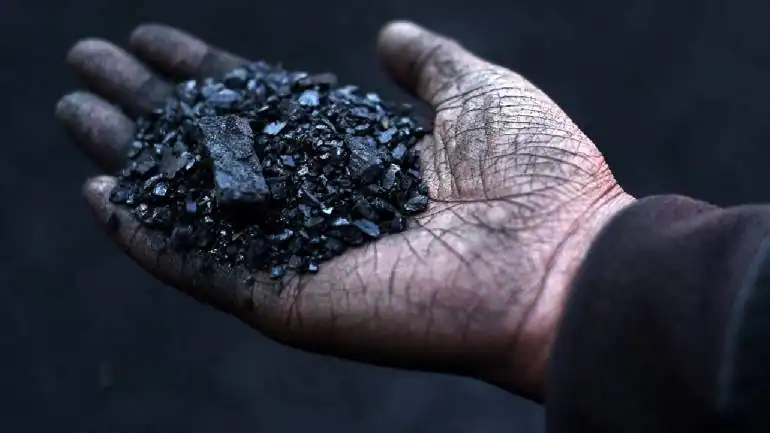
Govt Plans To Import 76 Million Tonne Coal To Avoid Shortage In 2022-23: Report
To meet the shortage of coal in power plants in 2022-23, the government has strengthened plans to import around 76 million tons (MT) of dry fuel during the current financial year. The state -owned Coal India Ltd (CIL) will import 15 MT, the largest electricity producers in India NTPC Ltd. and Damodar Valley Corporation (DVC) will import 23 MT, according to media reports.
The State Power Plant and Independent Electricity Producer (IPPS) also plans to import 38 MT during the current financial year 2022-23, according to Mint’s report. “Fuel bills will vary from generators to generators. For NTPC and DVC, after combining 10 percent of imported coal, the cost will rise 50-60 Paise per unit. For others, it will depend on distance, and varies from 50 to 80 Paise. We will be able to overcome the crisis, given the arrangement that has been made, “said the report quoting an official.
The official added that it had to be observed until September whether the crisis had been rotted or not. Imported coal orders by the company have begun to enter, according to the report.
In June, Cil also floated international tender for coal sources from abroad to increase its availability in this country. “In the first, Coal India Limited on Wednesday floated e-tender international competitive offers, looking for offers for imports of 2,416 million tons (MTs) coal,” said the company.
Before this, in June, the CIL council had approved the issuance of two short-term and medium-term international tenders for coal sources from abroad. Short -term tender for importing dry fuel for the second quarter of the ongoing financial year is a source of agnostic. This means coal can be sourced from any country.
Previously, the government directed the company to be ready to import 12 MT coal for electricity utilities for the next 13 months. On May 18, the Ministry of Manpower has also warned that if the order for coal imports was not placed on May 31 and imported fuel did not begin to arrive at the power plant on June 15, the defaulter of the Gencos had to increase their imports as far as the 15 percent level.
Recently, various parts of the country face electricity slaughtering. Jharkhand, Punjab, Odisha, Bihar, Rajasthan, Uttarakhand, Haryana, Delhi and Andhra Pradesh mainly faced this problem, due to low coal availability in power plants in the middle of high demand during the summer.
Lack of peak power has increased rapidly from one digit 5.24 gigawatt (GW) to touch two digits of 10.77 GW, showing the effect of various factors such as low coal stocks in generation factory, heat waves and other problems in the deeper electrical crisis .
In early May, Delhi’s peak power request reached 6,194 MW, which was the highest peak power request ever recorded in the first week of May. In April too, Delhi saw the peak of 6,197 MW, the highest of all time for April.







